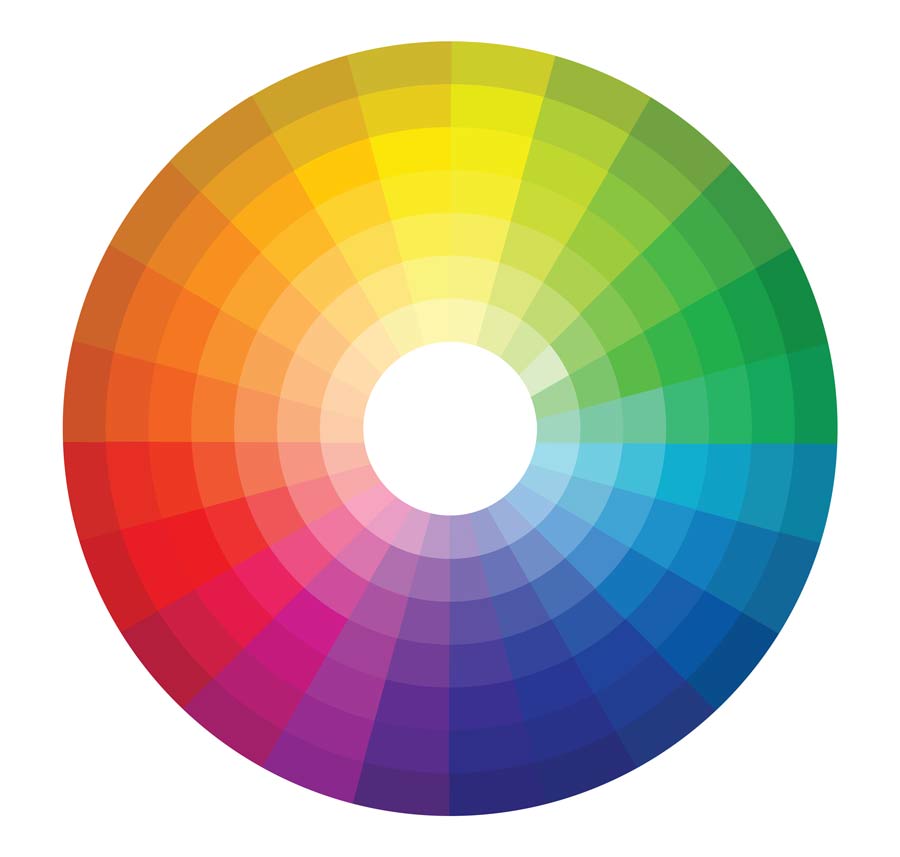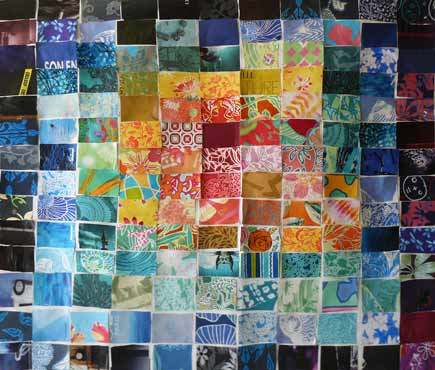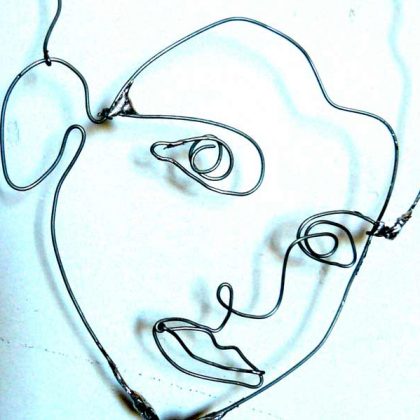With colors, boldness is allowed, but it is better to know how to work with.
Before learning how to create colors, we must better understand their organization. In the 17th century, the famous Isaac Newton discovered that the white light of the sun could be split into a multitude of colors. And these colors are the same as the rainbow.
Everyone has already been amazed by this glare. Everyone has seen that the rainbow is made up of seven basic colors always set in the same order (red, orange, yellow, green, blue, indigo, violet).
We can notice the amazing similarity with the seven musical notes. Then painters who say painting music and musicians who say playing colors are not wacky even if we can’t always follow them in their visions.
But let us get back to our dear Isaac. He understood that an infinity of colors were nested between two of them, according to the importance of quantity of one color in relation to another one. But his most striking discovery was to show that all those colors – absolutely all of them – were done with only three basic colors red, yellow and blue. With this in mind, he got the idea of putting them into a circle to a better understanding of their placement, their analogy, their complementarity and many other things.
This has revolutionized colorimetry and henceforth the work of the artists and the artists themselves were completely overturned.

From such an understanding, each artist can create the color he (she) wants and I would even say that each artist can create his (her) own color and therefore his (her) own palette. And this palette composition will be part of his (her) signature.
The color especially and perhaps even more than the drawing is a liberation – Henri Matisse
I have often noticed that everyone has a palette with personal colors. And even if one tries to get rid of it to sail towards new adventures, it returns surreptitiously to the surface. It seems to me that this chromatic signature of our work is also that of our deep being.
Several relationships exist between colors.
Relationships between colors are many. However there are 7 ones at least to be engraved in our head.
• The simple monochromatic relationship: the same color can be dark or clear with the addition of white, black or water.
• The analogous relationship: a color blends perfectly with the two ones that surround it in the circle. Here is the art of camaïeux.
• The complementary relationship: a color and its exact opposite in the circle strengthen each other. It is the game of contrasts, but take care not to work them at equal ratio, that would be far too rude.
• The adjacent complementary relationship: a delicate harmony is always created between a color and the two colors that surround its opposite. Thus the contrast is less categorical but it remains nevertheless.
• The primary relationship: between us, associating the three primary colors hurts the eye as they do not get along very well, given their too strong nature. To avoid!
• The secondary relationship: if the primary colors cannot put up with each other, is quite different from their secondary colors. Between them, there is really a good feeling.
• The tertiary relationship: a secondary color, plus one of the two primary colors that composed it, make 6 beautiful subtle colors. Thanks to them we begin to play with a real big chromatic orchestra.
With these few rules, we are sure to be able to avoid frightful and fatal errors of taste leading to scare people.
 To understand the organization of the color spectrum, a collective work of mosaic type can be carried out. Finding fragments of colors in all kinds of printed paper, classifying them, harmoniously organizing the move from one to the other, here is the aim. This can be designed in large formats, here the final work was 1x5m.
To understand the organization of the color spectrum, a collective work of mosaic type can be carried out. Finding fragments of colors in all kinds of printed paper, classifying them, harmoniously organizing the move from one to the other, here is the aim. This can be designed in large formats, here the final work was 1x5m.
 This range of colors can also be made in linear form or in concentric form.
This range of colors can also be made in linear form or in concentric form.
Thank you to my friend Violaine Nozières, textile designer, for the gift of her former boards of creation.
Cet article est aussi disponible en: French
- Tags:
- Colorimetry






